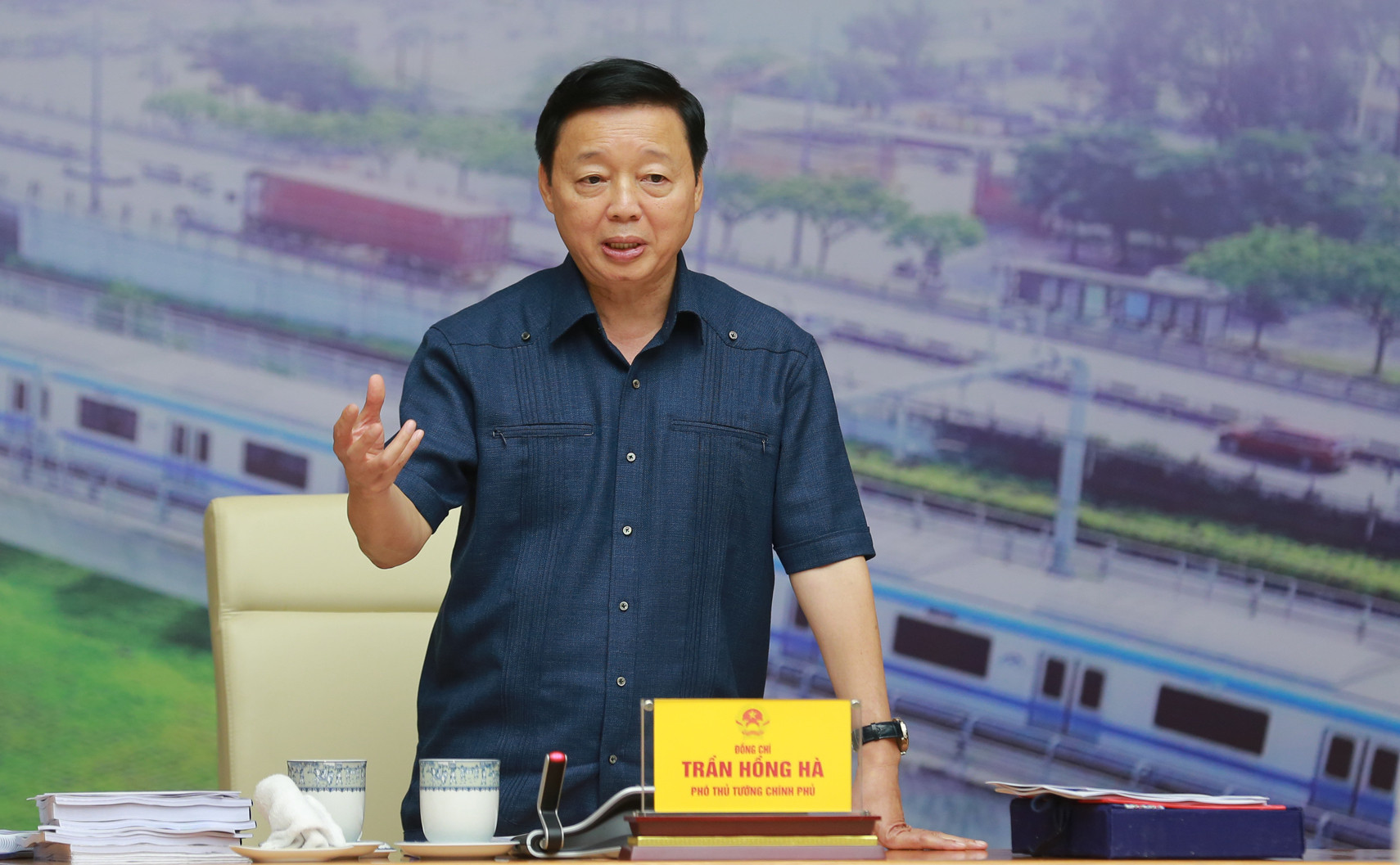These projects, integral to Vietnam's urban development strategy, aim to significantly enhance public transportation systems in the country's largest cities by 2035.

On September 24th, Deputy Prime Minister Tran Hong Ha chaired the third session of the task force overseeing the urban rail developments for Hanoi and Ho Chi Minh City.
The Deputy Prime Minister stressed that the urban rail system must be a precursor in the city development strategy. He highlighted the need for these projects to address significant questions regarding immediate actions, research, planning, and infrastructure design to align with the national high-speed rail network.
Moreover, the projects should clarify choices concerning underground construction technologies, locomotives, carriages, management, operations, and personnel training. They also need to detail the balancing of investment funds.
The Deputy Prime Minister urged both cities to maintain close cooperation with the Ministry of Transport and fully incorporate feedback from relevant ministries and departments.
He emphasized the urgency of finalizing the two urban rail projects for submission to the Politburo, focusing on understanding the deployment contexts in each city, supplementing plans for urban underground spaces in Ho Chi Minh City, mobilizing investment capital, establishing economic and technical norms, and selecting sustainable technologies and management models.
In addition to existing special mechanisms and policies, Hanoi and Ho Chi Minh City are encouraged to propose specific groups of general and necessary mechanisms and policies for both localities to foster urban rail development effectively.
These include mechanisms for mobilizing and allocating mid-term public investment funds from central and local budgets and other sources, ensuring macroeconomic stability when raising borrowed funds.
Deputy Minister of Transport Nguyen Danh Huy reported that by 2035, approximately 580 km of urban rail are expected to be completed according to current plans, with an additional 369.1 km by 2045, and a further 158.66 km in Ho Chi Minh City by 2060. By 2035, urban rail is targeted to account for 30-35% of the public passenger transport market share, rising to 55-70% after 2035.
The funding structure for the urban rail system is anticipated to come from local budgets, loans, central government support, and other legal sources. The government is also calling on private investors to engage in building urban rail lines, stations, and integrating commercial centers.
Following the approval of the urban rail development projects by the authorities, both localities will continue to develop feasibility studies, detailed planning, and prepare investment projects according to the established timeline. They will particularly focus on proposing specific mechanisms and policy groups.
Thu Hang